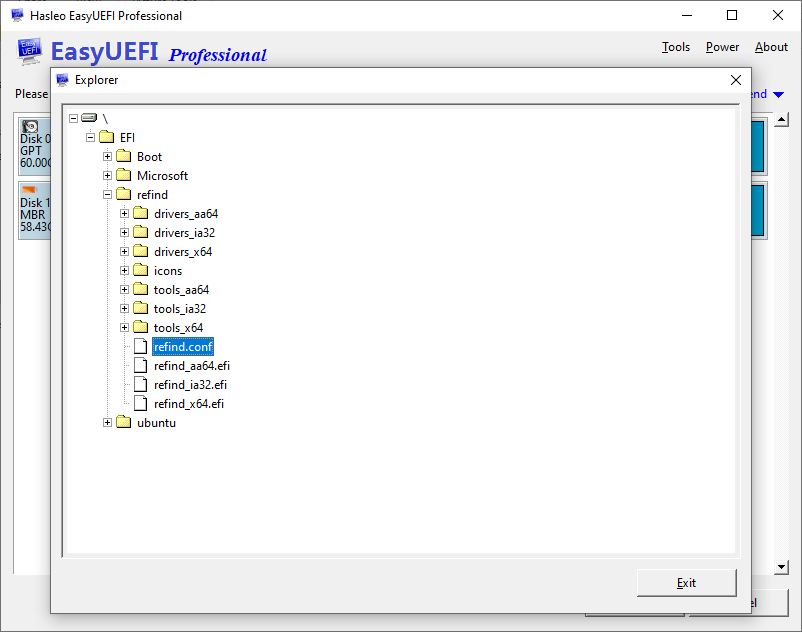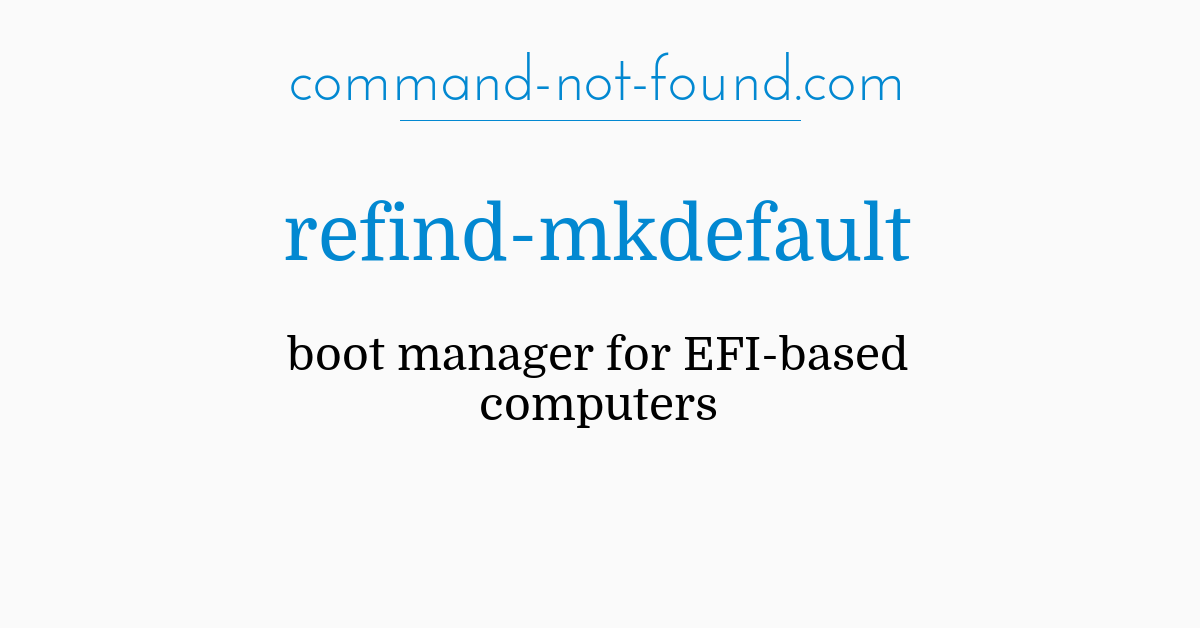

- #Refind boot manager not showing how to
- #Refind boot manager not showing full
- #Refind boot manager not showing Pc
#Refind boot manager not showing Pc
On Macs, holding the Option key (or Alt with a PC keyboard) while powering on the computer brings up the Mac's boot manager. These tools are primitive, and in some cases they can be difficult to reach, but they can be useful if you need to bypass a new system default in order to boot an OS that has the tools you need to control the boot process. Most EFIs provide their own built-in boot managers. Evading the Guards: Performing a One-Time Boot to Your Desired OS It may also be easier to re-run refind-install than to learn about esoteric commands such as efibootmgr, bless, or bcdedit.
#Refind boot manager not showing full
Note also that, in extreme cases, a full rEFInd re-installation may be required.
#Refind boot manager not showing how to
In most cases, the recovery technique is fairly quick and painless, once you understand how to do it. Chances are you should not read this page straight through instead, peruse the Contents to the left and pick an OS and, perhaps, a recovery tool or technique you wish to pursue and read the relevant section. I begin and end with information on firmware-based tools, though. This page is organized by OS, describing the tools and techniques you can use in each OS to recover from a boot coup-or in some cases, to prevent one from occurring. This page describes tools and techniques you can use to keep rEFInd set as your default boot manager, or at least to recover it as the default boot option if something else takes over. If you're new to the EFI world, though, most of the techniques you may know for helping with BIOS-mode booting don't apply to EFI-mode booting. Experienced multi-booters know the tools and techniques to avoid or recover from boot coups. On this page, I refer to such unwanted changes as boot coups. Users of multi-boot computers have long faced similar challenges, because most OSes provide mechanisms to keep themselves booting, even at the cost of disrupting other OSes-or overriding your own choices. Once you've installed rEFInd, you may face a new challenge: Keeping it set as your default boot manager.


Using bless to Adjust Your Boot Priority.Using Startup Disk to Adjust Your Boot Priority.Preventing a Linux Coup by Disabling GRUB Updates.Using efibootmgr to Adjust Your Boot Priority.Using refind-mkdefault to Adjust Your Boot Priority.Staging a Counter-Revolution: Re-Installing rEFInd.Evading the Guards: Performing a One-Time Boot to Your Desired OS.


 0 kommentar(er)
0 kommentar(er)
